-
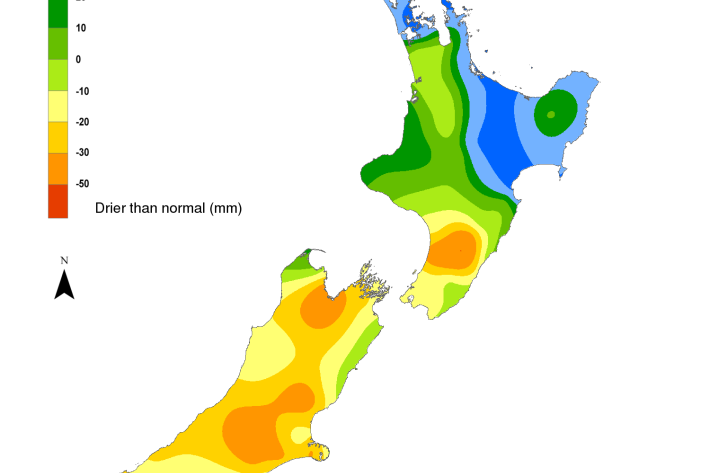
Hotspot Watch 16 November 2022
Hotspot16 November 2022A weekly update describing soil moisture patterns across the country to show where dry to extremely dry conditions are occurring or imminent. -
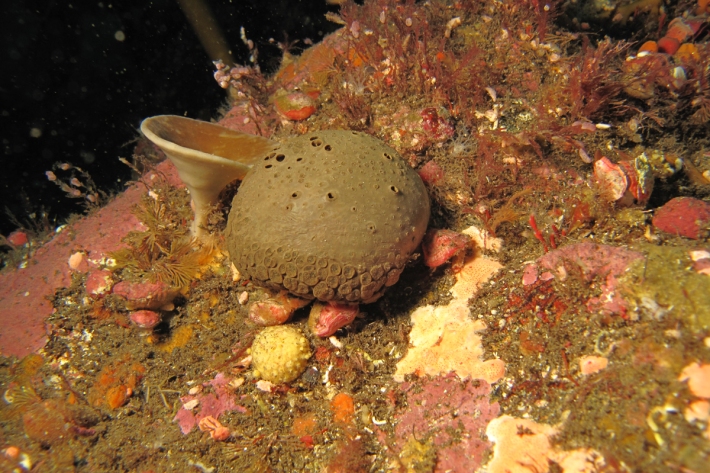
Discovery of over a dozen new sponge species
Media release10 November 2022In the latest NIWA Biodiversity Memoir, researchers examined and registered over 250 sponge specimens in the family Latrunculiidae, discovering 14 new species and 1 new fossil species. -
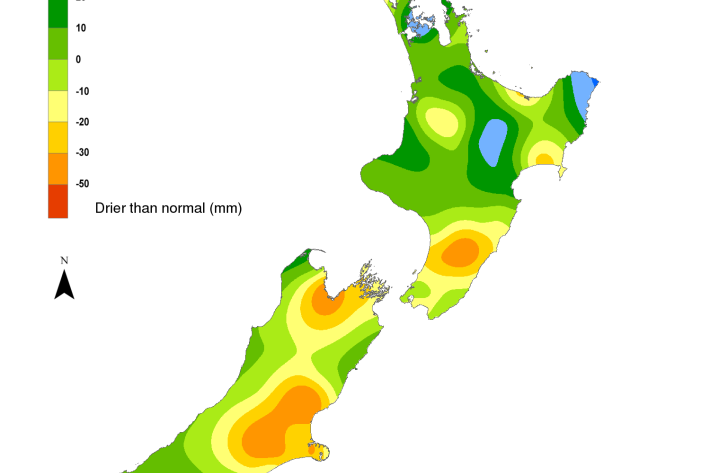
Hotspot Watch 8 November 2022
Hotspot08 November 2022A weekly update describing soil moisture patterns across the country to show where dry to extremely dry conditions are occurring or imminent. Regions experiencing significant soil moisture deficits are deemed “hotspots”. Persistent hotspot regions have the potential to develop into drought. -
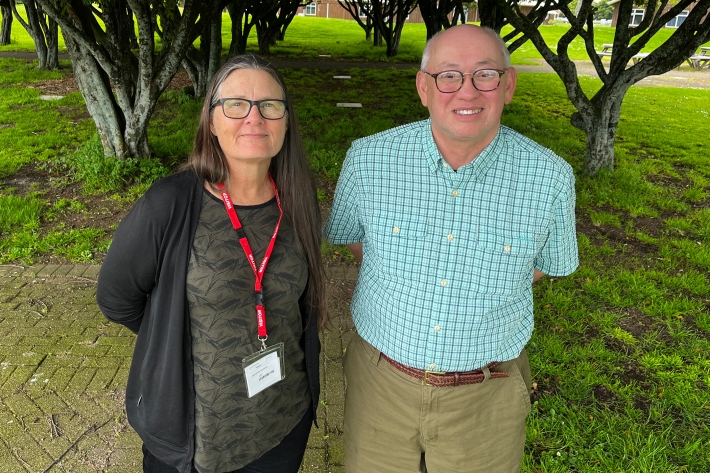
Climate change experts tour New Zealand’s coastal wetlands
Media release03 November 2022A group of international scientists are visiting some of New Zealand’s most significant coastal wetlands as part of a five-year research project to help the country adapt and prepare for sea-level rise. -
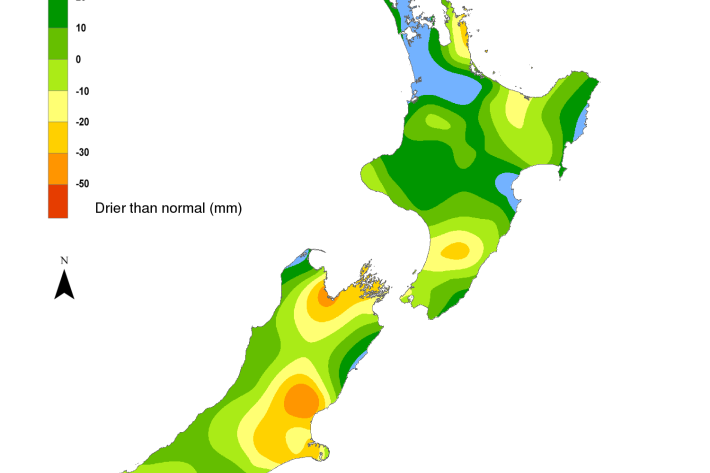
Hotspot Watch 1 November 2022
Hotspot01 November 2022A weekly update describing soil moisture patterns across the country to show where dry to extremely dry conditions are occurring or imminent. Regions experiencing significant soil moisture deficits are deemed “hotspots”. Persistent hotspot regions have the potential to develop into drought. -
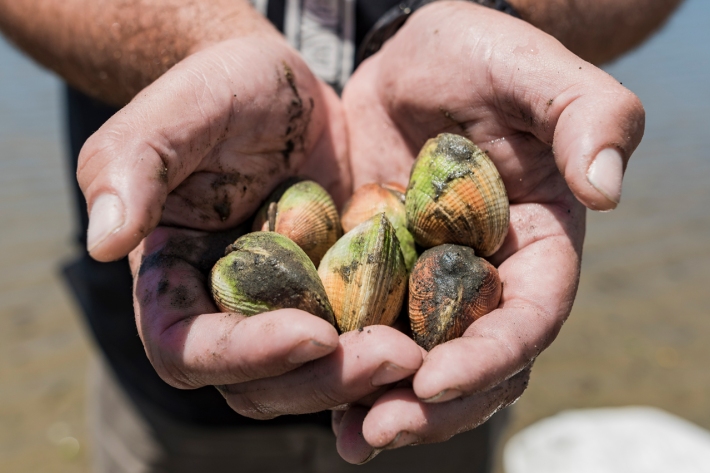
Taonga Species Series: Tuangi
Feature story31 October 2022What does science tell us about New Zealand cockles? -
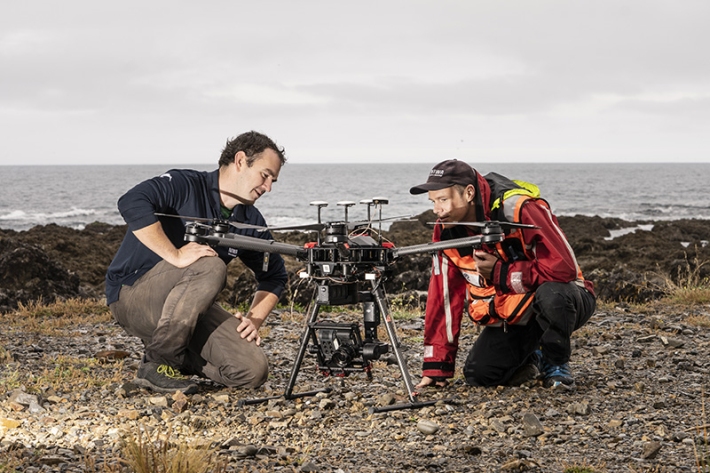
Technology provides views of life in remote habitats
Media release25 October 2022Aotearoa-New Zealand’s marine area covers 167,650 square kilometres presenting a staggering distribution of climates, from subtropical to subantarctic waters, to understand and manage. -
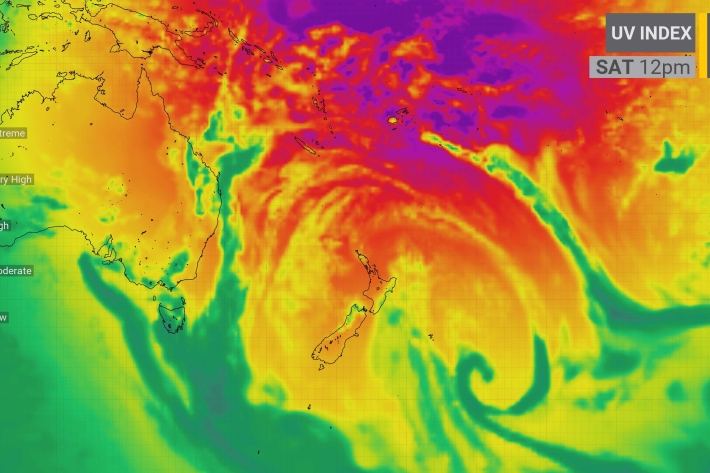
High UV prompts SunSmart warnings
Media release21 October 2022Experts are warning Kiwis to be extra cautious this summer, with ultraviolet (UV) radiation levels averaging higher compared to 2021. -
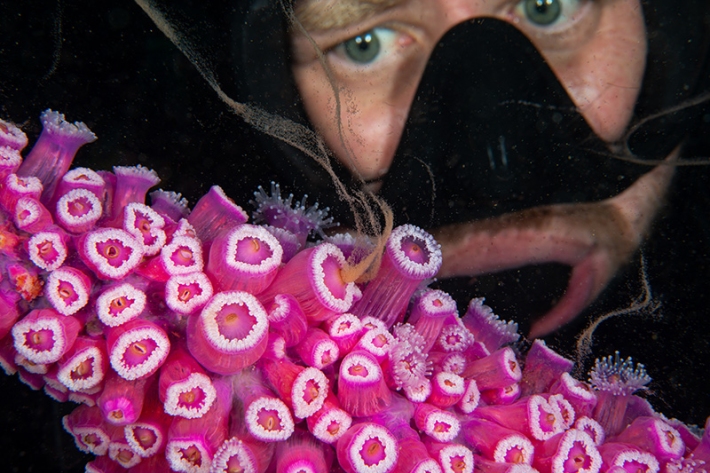
Spectacular snaps show the beauty of science
Media release14 October 2022From the lowest depths to the highest reaches, our more than 700 staff work in the most beautiful environments on Earth. The urge to capture the moment is often irresistible, so each year we celebrate our staff’s best snaps in the NIWA photography competition. -
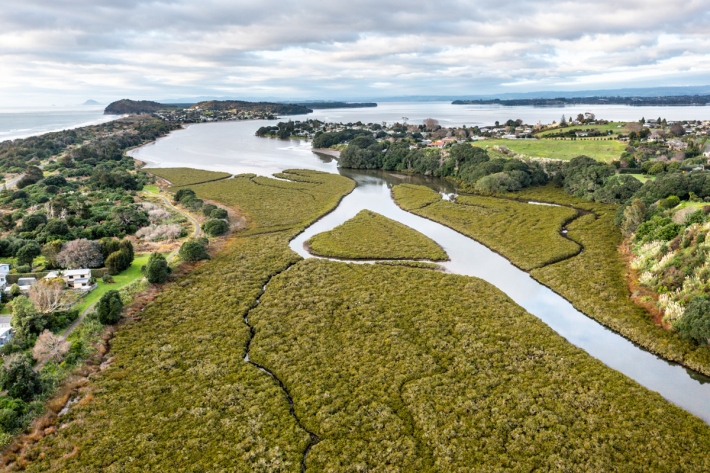
Understanding the threat of sea level rise to NZ’s wetlands
Media release07 October 2022Specialised monitoring equipment has been installed in Bay of Plenty estuaries to understand whether our coastal wetlands can survive the threat of inevitable sea-level rise. -
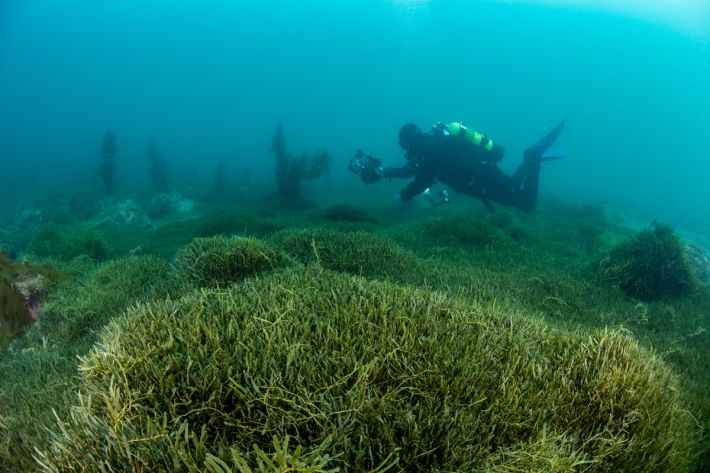
Marine invader Caulerpa triggers biosecurity response
Media release29 September 2022NIWA is part of a multi-agency biosecurity response to an invasive seaweed discovered at Aotea Great Barrier Island and subsequently at Ahuahu Great Mercury Island. -
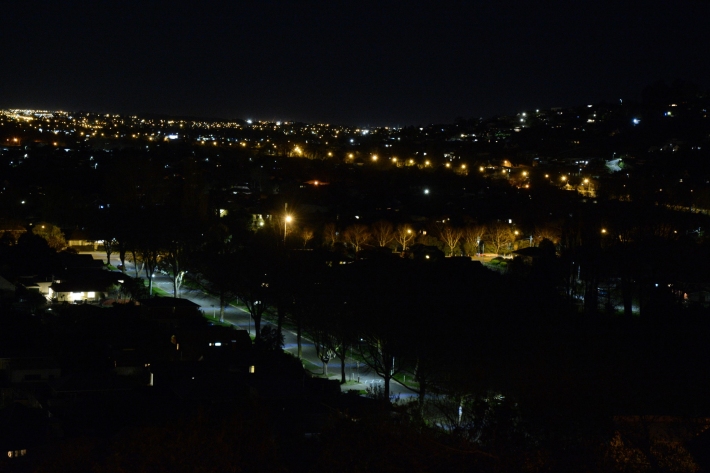
Impact of new energy efficient streetlights on insects revealed
Media release28 September 2022New energy efficient streetlights are playing a major role in influencing insect behaviour, says NIWA.
